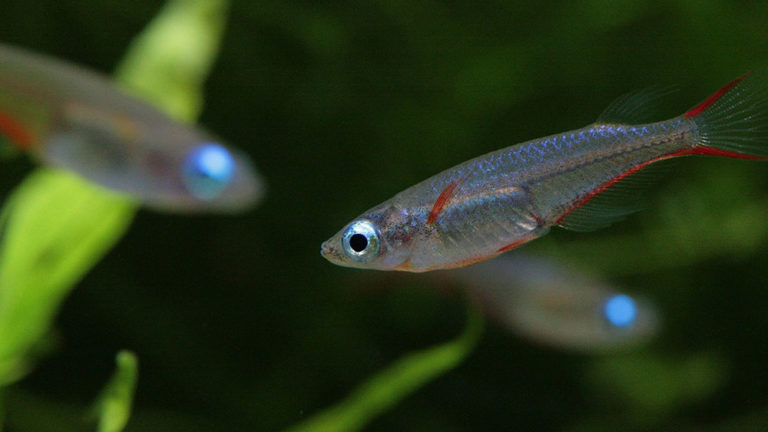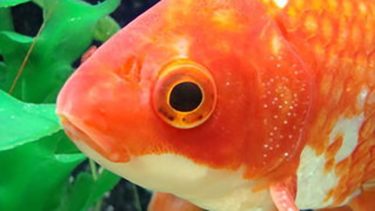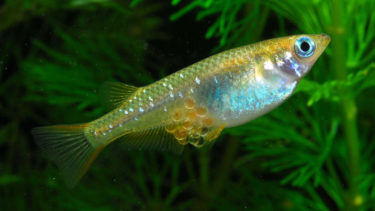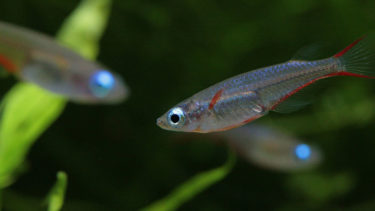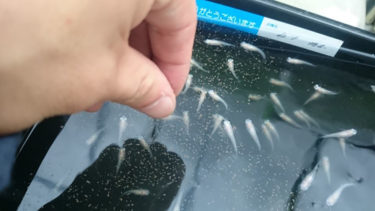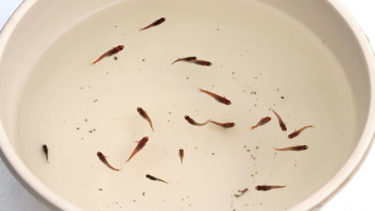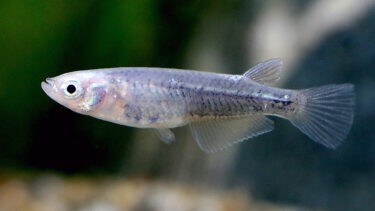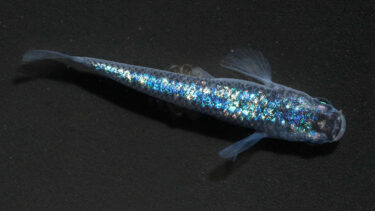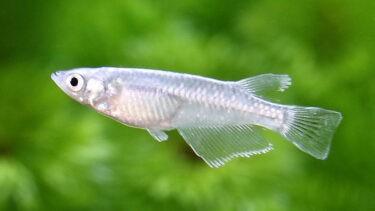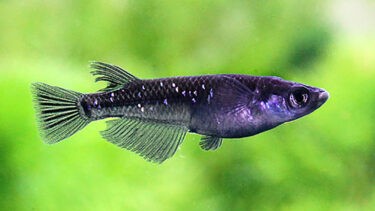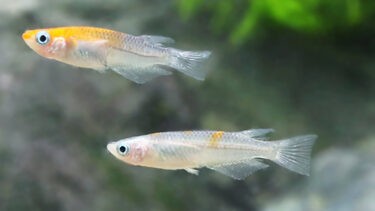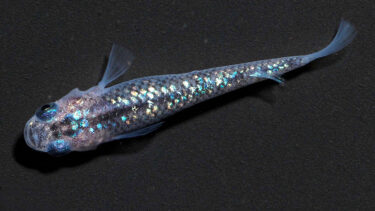If you are keeping killifish and want them to spawn, the first thing you need to do is to determine whether you have a male or a female killifish. The first thing you need to do if you want your killifish to spawn is to determine whether they are male or female. In this article, we would like to explain how to distinguish between male and female killifish and the precautions that should be taken.
How to distinguish between male and female
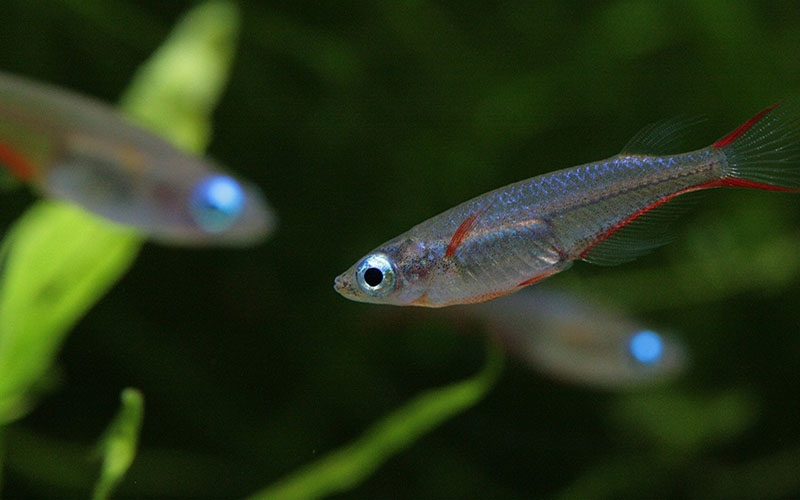
A common method of distinguishing male and female killifish is to use the difference in the shape and size of their fins. Medaka are relatively easy creatures to distinguish compared to goldfish and other species. However, killifish have a variety of fins, so it is important to know what to look for or you may end up with a sad result.The fins to look for to distinguish between male and female killifish are the "dorsal fins" and "rump fins".Next, we will explain how these two fins differ in males and females.
As you look at goldfish, you may wonder how to distinguish male and female goldfish. So in this article, I would like to explain about male and female goldfish. How to distinguish male and female goldfishThere are several ways to distinguish male and female goldfish [...].
Many people who keep killifish want them to spawn. However, not many people know about spawning and what they need to do to prepare for it. This time, we would like to explain the method of spawning and the points to be noted [...].
Male Characteristics
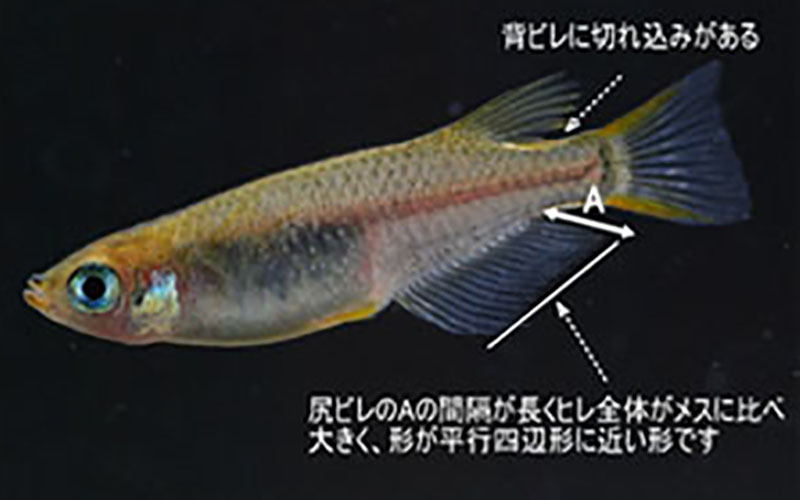
We will first describe the characteristics of males.The male's dorsal fin is characterized by a single missing spot. The tip of the dorsal fin has a jagged shape, is slightly longer in size, and is generally larger and more prominent. The tail fins are shaped like parallelograms and are large and conspicuous. The tip of the rump is also characterized by the same jagged edges as the dorsal fins.
Scalpel Characteristics
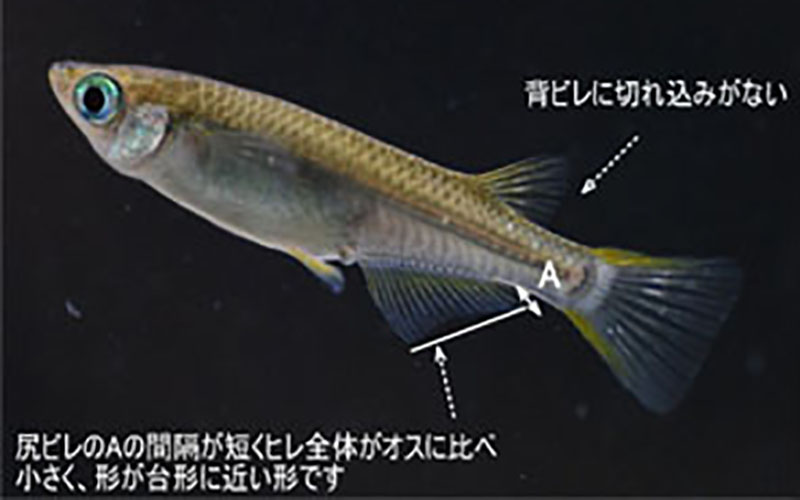
Next, I will describe the characteristics of females. Females are honestly characterized by fewer distinctive features than males.The female's dorsal fins are smaller and more rounded at the tip than those of the male. They rarely have jagged edges like males. The rump fins are similarly not jagged and are smaller than those of the males.However, there is one distinctive feature of the female's tail fins, which are trapezoidal in shape. The female's tail fins extend slightly toward the head, rather than toward the caudal fin, as compared to the male.
What to look for when distinguishing between
When distinguishing between male and female killifish, it is important to note that some killifish are not recognizable. To be precise, there are individuals whose dorsal fins have the characteristics of males and whose rump fins have the characteristics of females. It does not mean that they are a new species, but only that it is difficult to identify them, and they are definitely either male or female, but their characteristics are not clearly defined.For example, the dorsal fins have more of the characteristics of males, but the rump fins have the characteristics of females, and so on. In terms of humans, it is similar to someone who is male in gender but has a neutral appearance. So there is absolutely nothing wrong with having such characteristics in itself. However, in the case of killifish, there are those who always need a male, such as to ensure spawning, and those who always need a female. For such people, we recommend selecting individuals with clearly defined characteristics. Also, if you definitely need a male or female, please select a male first. Males can be found even by beginners as long as they know the characteristics. Therefore, it is better to select a male first and then a female. It is recommended that you choose a female afterwards, because if you choose an individual that is the furthest removed from the characteristics of the male, the chances of finding a female will increase.

